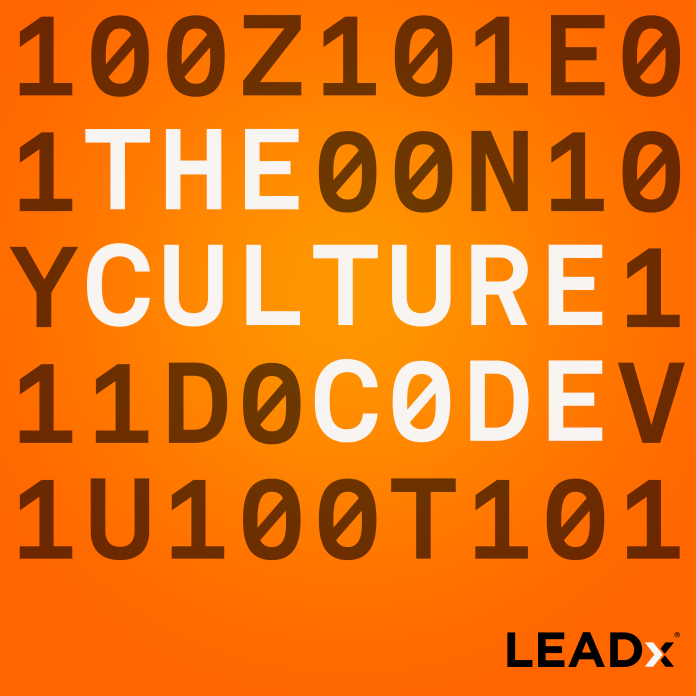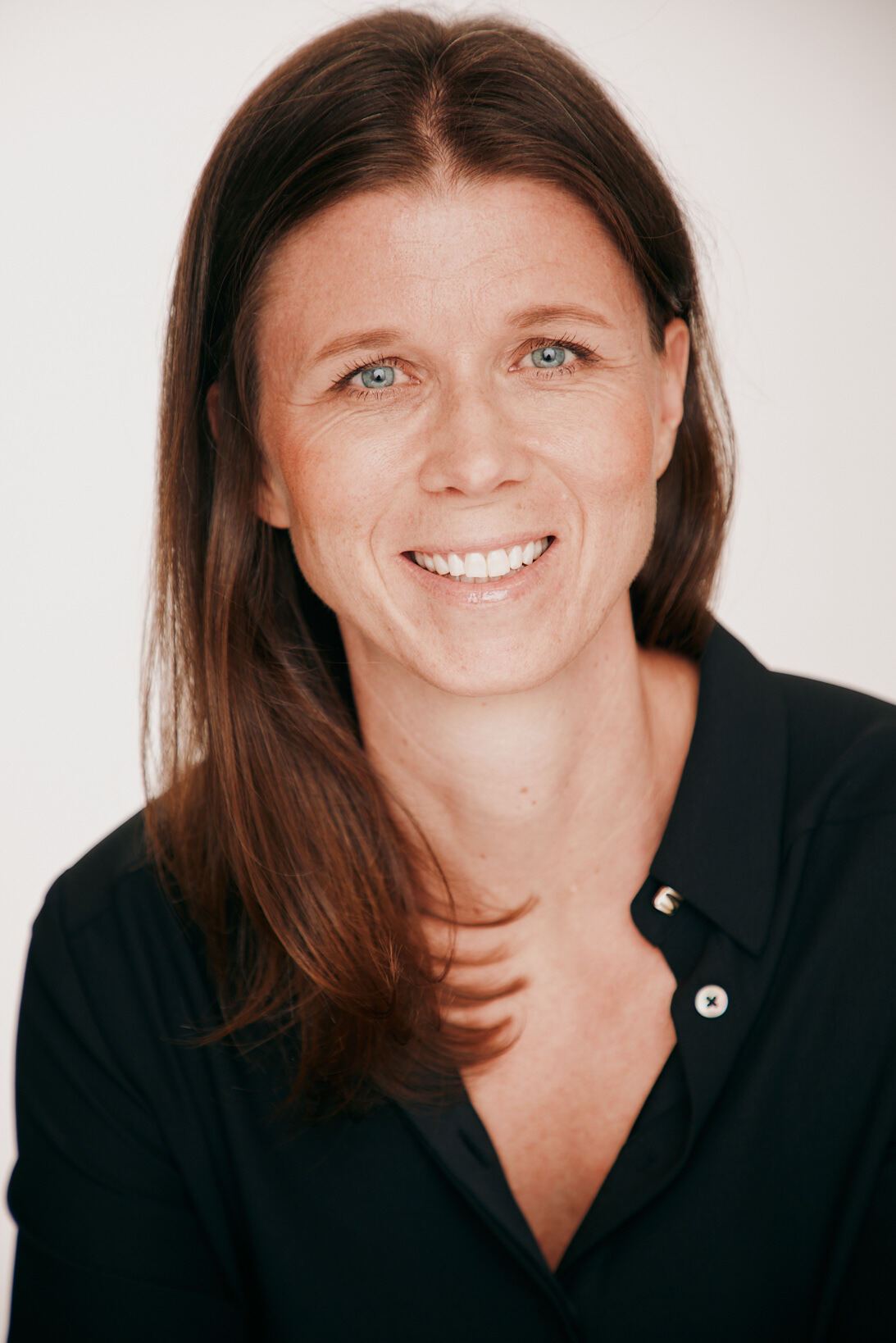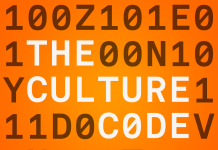
Company culture is a differentiating advantage. Paul Meehan writes in his article “Culture As Competitive Advantage” that “a high-performance culture is as unique as a fingerprint—and the one thing about a business that rivals can’t copy. Among executives at companies identified as high performers for a recent Bain survey, 54 percent said culture was one of their strongest attributes, second only to ‘vision and priorities.’”
In a recent conversation with Chief People Officer (CPO) Shannon Sullivan, she echoed this sentiment as being at the heart of her strategy. She said, “Building real authentic culture is a moat because it's hard to replicate. You've got to be really deliberate about how you build it.”
Dave is a company on a mission to make basic banking free. The company builds products that circumvent the traditional system and enable a better banking experience, regardless of your income or financial strata.

How to Foster an Authentic Culture
Putting effort into a culture that already feels organic and authentic may seem unnecessary and, at worst, counterproductive. However, the key is to roll out initiatives that are true to the culture.
Sullivan does an incredible job at exactly that:
One great example is the way her team puts together all-hands weekly meetings. It’s a tactic that most companies use, but the difference is in the how. Specifically, Sullivan focuses on two components:
- Member testimonials: To kick off each meeting, Dave conducts a live video interview with a customer, in which the customer discusses how they use the product. “The customer tells us what we should do better, such as something they want us to build or an experience they had with us that should have been different,” Sullivan explained. “This immediately brings us back to asking, ‘Why are we here?’ We do it every single week.”
- Transparent updates: Each week, Sullivan and her team highlight something that's really important for people to know. “It could be work that recently shipped or our recent learnings. Yesterday, for example, we shared a deep dive into our most recent engagement survey results,” Sullivan shared.
Another great example is an initiative to include company-wide objectives and key results (OKRs). “Our current people objective is to empower Daves to do their best work,” Sullivan explained, “This is not just an objective that's owned by me, the leadership team, or the people team. Every department creates action plans to support that objective. Then, we measure how we're doing that in our biannual engagement surveys. Based on our results, we re-plan at the department level how we're going to change what's not working and reinforce what is.”
Reverse-Engineering Great Leadership at Dave
When Sullivan joined Dave three years ago, she was blown away by how high their manager effectiveness ratings were. They saw 80–90% favorability on all of the questions around people’s experience with their direct manager.
Most CPOs would be content “leaving leadership be” with such strong results, but Sullivan decided to capitalize on their high scores to decode great leadership at Dave. “Some people call me a control freak. I call it intentional,” Sullivan said. “I decided to spend some time defining great leadership because that becomes the foundation of everything that we build. How we train managers, how we hire, and more.” Based on that, Sullivan developed a set of People Leader Commitments or five things that Dave both expects from its people leaders and expects them to role model:
- connect to purpose,
- foster growth,
- lead through change,
- prioritize Dave-wide success, and
- communicate with clarity and consistency.
Sullivan and her team then use these commitments to
- screen all of their people leader candidates,
- assess candidates for internal promotions to people leadership, and
- make tough decisions when people leaders aren't living up to these commitments.
Sullivan’s Podcast Recommendation: How I Built This with Guy Raz
Sullivan said, “It's a podcast that interviews founders and shares their stories about building companies. It's a really good reminder that success, whether you're building a business, your career, or whatever, is often not linear. There are going to be setbacks. When I listen to the podcast, I can't help but reflect on the journey I've had here at Dave, which has not been linear and has included setbacks.” Sullivan continued saying, “I really get energetic about what we're building here at Dave while listening to this podcast, because I realize that our challenges are not unique to me or Dave. You have to learn to eliminate the noise, focus on your goals, be a persistent problem solver, and cut yourself some slack when things don't go your way.”


